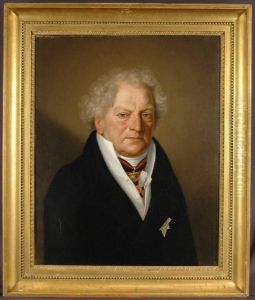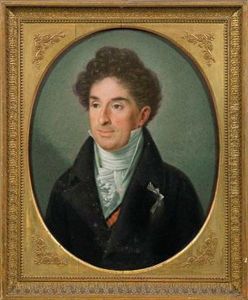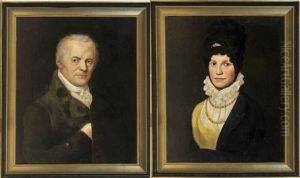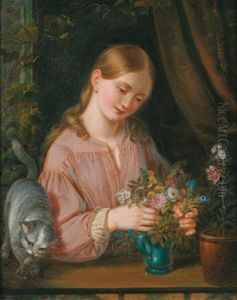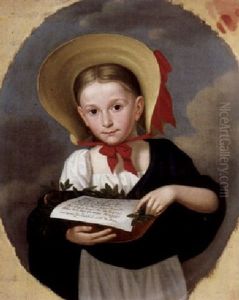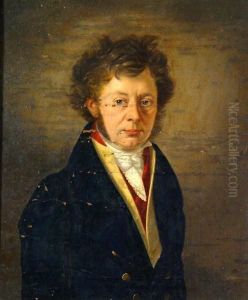Gotthelf Leberecht Glaeser Paintings
Gotthelf Leberecht Glaeser was a German painter and lithographer born on September 28, 1784, in Freiberg, which was part of the Electorate of Saxony at the time. His early life and education in the arts are not thoroughly documented, but it is known that he developed his skills in the early 19th century, a time when lithography was emerging as a new form of printmaking.
Glaeser is most significantly recognized for his work in lithography, a process that involves drawing images onto a stone (or later a metal plate) with a greasy substance and then using that stone to print images onto paper. Lithography was invented in the late 18th century by Alois Senefelder and rapidly gained popularity in the early 19th century as it allowed for the mass production of images.
Throughout his career, Gotthelf Leberecht Glaeser produced various lithographs, ranging from portraits to landscapes. He was active during a period of cultural flourishing in Germany known as the Biedermeier era, which was characterized by a growing middle class and a corresponding increase in the production of art, literature, and music for this audience. Glaeser's work would have catered to this burgeoning market, providing accessible and affordable images for a wide public.
Despite his contributions to the field of lithography, Glaeser did not achieve the same level of fame as some of his contemporaries. Nevertheless, his work provides a window into the artistic and cultural environment of early 19th-century Germany. Glaeser died on February 23, 1851, in Freiberg. Today, his works are considered valuable for their historical significance and are held in various art collections, offering insights into the evolution of printmaking techniques and the visual culture of his time.
